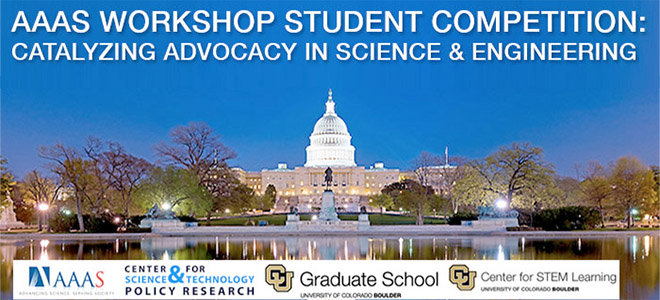
Student competition to attend the AAAS “Catalyzing Advocacy in Science and Engineering” workshop in Washington, DC to learn about Congress, the federal budget process, and effective science communication. Students will have an opportunity to meet with their Members of Congress or congressional staff.
Application Deadline: January 25, 2019
Click here for more information or to apply
Due to the success of the program to date, we have secured additional funding to expand this program to four Fellows for the 2019 CASE workshop!
Competition Details
The CIRES Center for Science and Technology Policy Research is hosting a competition to send FOUR CU Boulder students to Washington, DC to attend the AAAS “Catalyzing Advocacy in Science and Engineering” workshop. The competition is open to any full-time CU Boulder graduate student or upper class undergraduate in one of the following fields: Biological, physical, or earth sciences; Computational sciences and mathematics; Engineering disciplines; Medical and health sciences; and Social and behavioral sciences.
The evaluation committee will select four students from those who apply. The competition is supported by the CU Graduate School and the Center for STEM Learning. Competition winners will be asked to submit a brief report about their workshop experience and participate in a panel discussion.
Please submit a one-page statement explaining the importance of the workshop to your career development and a one-page resume to ami.nacu-schmidt@colorado.edu by January 25, 2019.
The evaluation committee will select four students from those who apply. The competition is supported by the CU Graduate School and the Center for STEM Learning. Competition winners will be asked to submit a brief report about their workshop experience and participate in a panel discussion.
Workshop Overview
Making our CASE: Catalyzing Advocacy in Science and Engineering
March 24-27, 2019
An exciting opportunity for upper-class undergraduate and graduate students in science, mathematics, and engineering disciplines to learn about science policy and advocacy. #MakingOurCASE
This entry-level program is organized to educate STEM students who are interested in learning about the role of science in policy-making, to introduce them to the federal policy-making process, and to empower them with ways to become a voice for basic research throughout their careers. The workshop is designed for students in science, technology, engineering, and math fields, with limited experience and knowledge of science policy and advocacy who want to learn more about science policy.
Students will participate in a three-and-a-half day program in Washington, DC. Participants will learn about the structure and organization of Congress, the federal budget and appropriations processes, and tools for effective science communication and civic engagement. In addition, students will participate in interactive seminars about policy-making and communication.
On the last day of the program, students will have the option to form teams and conduct meetings with their elected Members of Congress and congressional staff. More workshop Information.
Founding Organizations: American Association for the Advancement of Science, American Institute of Physics, Association of American Universities, Association of Public and Land-grant Universities, Massachusetts Institute of Technology, Research!America, and University of Colorado Boulder


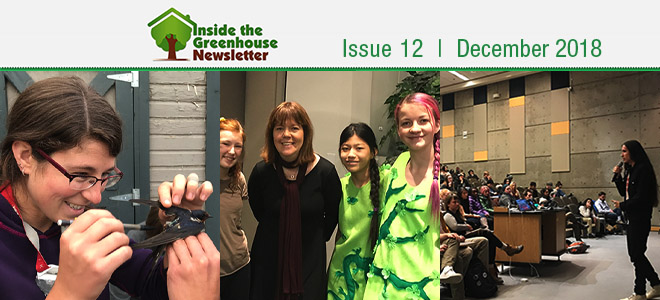
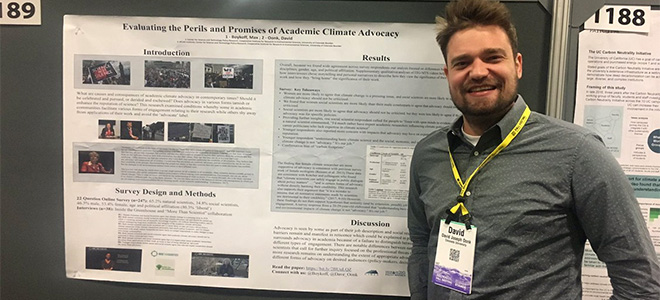
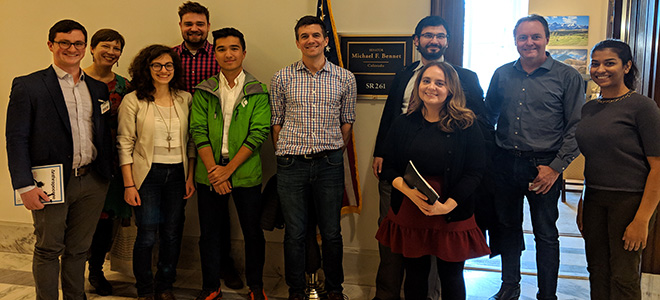
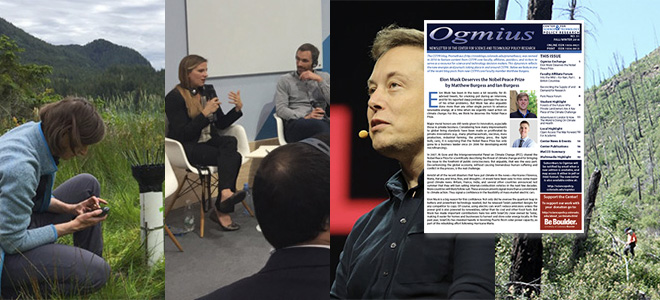
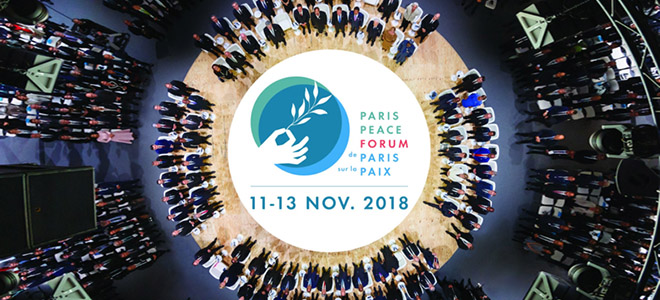
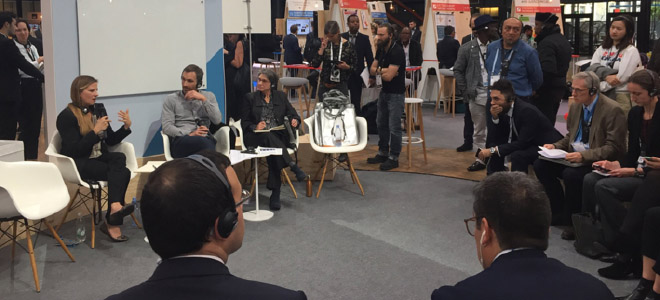


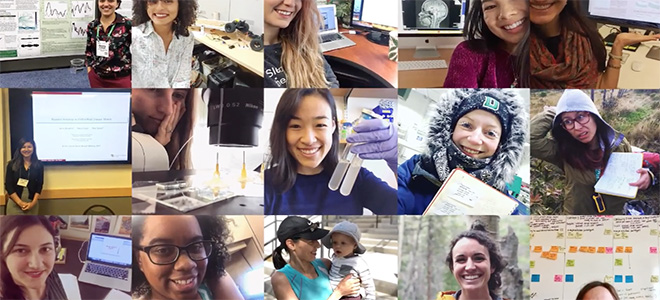
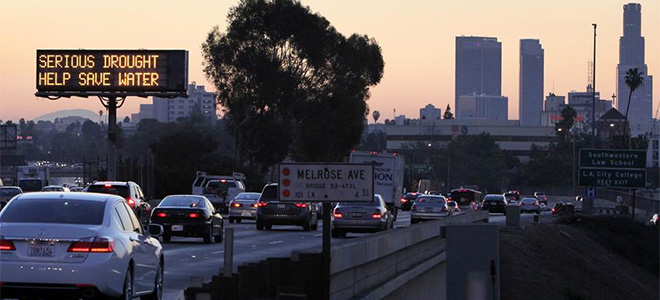
Toward an Equitable Coal Transition
by Suzanne Tegen (CSTPR Visiting Scholar) and Alison Anson
Center for the New Energy Economy, Colorado State University
Photos above: A community once focused on coal is now a regional hub for recreational motorcycling. Credit: Back of the Dragon.
Coal plants are closing across the United States. The IEEFA expects 44 coal units will close in 2018, and 73 additional units are already scheduled to close by 2024. According to EIA reports, coal production peaked in 2008, and consumption in 2018 will drop below 1979’s record low and continue to decline. Electricity from coal now has a higher levelized cost of energy than natural gas combined cycle, wind, and utility-scale solar. Because of this, even with the EPA’s recent rollback of emissions regulations, utilities are unlikely to invest in new coal. Recent analyses[1],[2] reveal that continuing to operate some existing coal plants is now uneconomical, even without including social and environmental costs.
This map of the 2016 fleet of operating units is color coded to show announced retirements and conversions and units that are uneconomic compared to existing NGCC units. The bar graph show the total number of units by state. Credit: Union of Concerned Scientists 2017: A Dwindling Role for Coal.
Coal mining is an industry around which whole communities are built. As coal becomes increasingly uneconomical, and as coal mines and plants close down, miners, power plant employees, and their communities must find ways to transition.[3] The term “just transition” has been used to describe an equitable shift for coal workers and communities.[4],[5]
Policy solutions for coal transitions typically focus on workers or utilities’ return on investments. Coal communities can be mono-industrial, where industry is associated with identity and attachment to place. Providing alternative jobs and workforce development funding may not be sufficient to help the entire community deal with the shift away from a coal-based identity and livelihood.
Those responsible for successful transitions include policy-makers (including regulators), utilities (including plant owners), and community stakeholders (including workers). There are several current examples of successful coal community transitions. In Colstrip, Montana, policy-makers and others are providing new jobs in reclamation and clean-up. In Pueblo, Colorado, Xcel Energy will offer workers alternative jobs; and the community of Tazewell West Virginia has shifted focus from coal to tourism and natural resources.[6]
The solutions associated with transitioning coal communities should include a discussion of local justice and equity. Understanding and replicating successful transitions will require collaborative evaluation of the context-specific strategies developed by policy-makers, utilities, and communities. Socio-economic, cultural, and contextual perspectives will be integral to implementing these solutions.
[1] See RMI’s “Managing the Coal Capital Transition” for fiscal and capital impacts.
[2] The Carbon Tracker Initiative found that “42% of global coal capacity is already unprofitable.”
[3] Due to technological advances and automation, occupations such as farming and transportation may also require transitional solutions.
[4] Early use of the term “just transition” is attributed to Tony Mazzocchi around the late 1970s.
[5] Alexandru Mustata, 2017.
[6] See also www.justtransitionfund.org